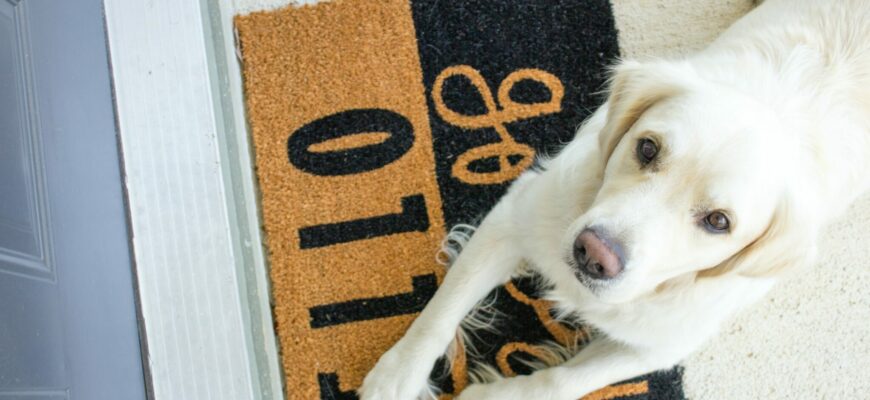As people are increasingly going back to the office, many dog parents are concerned about their pet experiencing separation anxiety. Separation anxiety is a fairly common behavior issue, but often misunderstood by many.
Here are a few things to consider if you have a pet that you suspect may be distressed when you are away:
- Many signs of separation anxiety are very noticeable – barking, destructive behavior, soiling in the house, breaking out of windows – but some dogs tend to suffer in silence. These dogs may pace, whine, or drool excessively, for example. Because these behaviors aren’t as noticeable, often people may mistakenly assume the dog is OK, when they are actually very distressed.
- Video is almost always necessary in diagnosing separation anxiety. Video can pick up the “silent” behaviors mentioned above, and can give you an idea whether the dog is truly distressed. Sometimes owners discover that their dog is barking at squirrels outside, or being destructive because they are bored, and actually are not suffering from anxiety at all.
- Dogs aren’t being spiteful or mad. Separation anxiety is best compared to a panic disorder in humans. They are terrified, and need help.
- Getting another pet is unlikely to resolve the separation anxiety. These dogs are usually distressed by lack of human contact, and are rarely comforted solely by having a canine friend.
- The good news is that separation anxiety is usually modifiable. It can take some work, but dogs can learn to be comfortable alone. If your dog is experiencing separation anxiety, we recommend working with a certified behavior professional on a plan to help them out.
[Photo by Courtney Cook on Unsplash]








